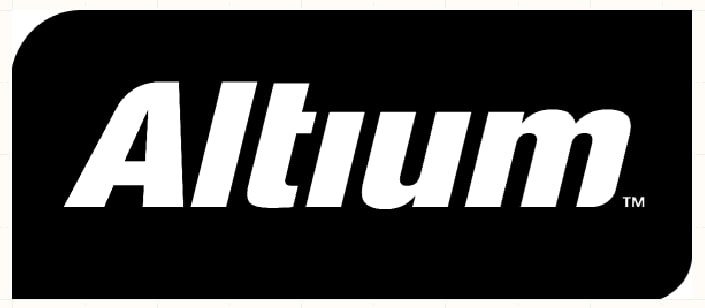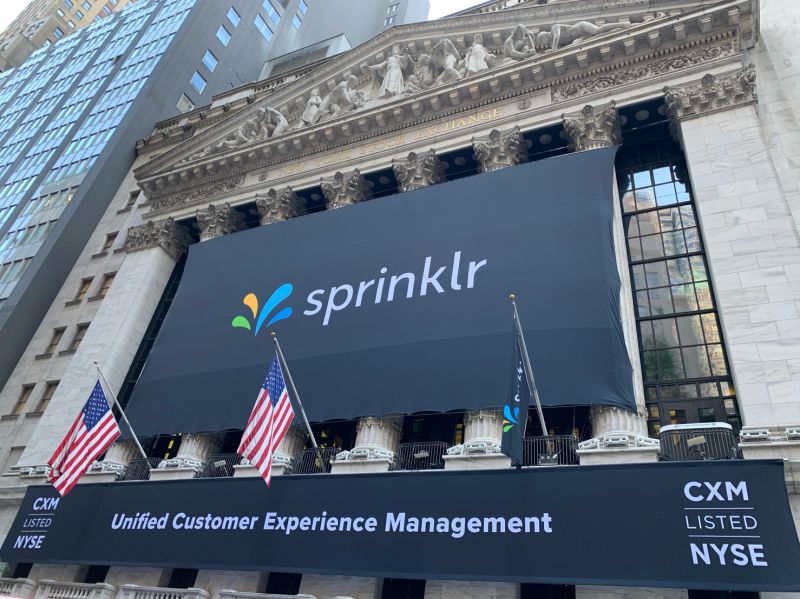Altium, 35 years old PC-based electronics design software development company.
Integrated Circuits are the biggest discovery in the field of IT and electronics. This little device has helped the IT industry to grow rapidly and computers reach every home as PCs. These circuits are small in size, but there is a lot of work done over it. These are built on printed circuit boards with thousands of lines of code written on them. So building an IC is a huge task, which includes multiple phases. Many software companies write codes for ICs and without these companies, it will be really difficult to make a single IC chip. Altium is one of those software companies that build software for companies that make printed circuit boards. The company is one of the leading software development companies, serving companies based in different parts of the world, including the US, Australia, China, Japan, etc.
About Altium
Altium is a more than 35 years old PC-based electronics design software development company. Nick Martin founded Altium in 1985, and today, the company is known as one of the leading EDA/FPGA software development companies. It is an Australian company with its regional headquarters based in countries like the United States, Australia, China, Japan, and some countries of Europe. The company develops software products for industries that build EDA, Printed circuit boards, FPGA, Embedded Systems, Electronics Design, etc., including telecommunication, automation, aerospace, and defense, etc. Altium Designer is the most popular product by Altium. Apart from that, the company is known for its products like Altium Concord Pro, Altium NEXUS, Vault, CircuitStudio, CircuitMaker, TASKING, Octopart, Ciiva, Upverter, etc.

Founding Altium
Nicholas Martin founded Altium as Protel Systems Pty Ltd in 1985, while he was already working at the University of Tasmania as an electronics designer. The idea of his company came to him when he was working at the company and thought of making more affordable electronic products for people. He merged the electronics design into PC platforms and launched the first DOS-based printed circuit board layout and design tool in 1985. The next year, Protel Systems partnered with HST Technology Pty Ltd. and started its international journey, too. The same year, the company partnered with ACCEL Technologies, Inc. to provide customer support to clients based in the US, Canada, and Mexico. The company brought new software in the following years, including Protel Schematic for DOS, Autotrax, and Easytrax, etc.
At the beginning of the next decade, Compay started to develop FPGA, PCB, and embedded software under its single data model project. In 1991, the company came with the first Windows-based PCB design system for Windows, named Advanced Schematic/PCB 1.0. In 1999, Altium went public on the Australian Securities Exchange. The company changed its name from Protel Systems to Compay in 2001 and made some important acquisitions like Tasking (2001), Hoschar AG (2002), Morfik Technology Pty Ltd. (2010), Octopart (2015), Ciiva (2015), Perception Software (2016), Upverter (2017), etc.
In the past few years, the company has expanded to Asia, Europe, Canada, and the US. As of 2019, the company made annual revenue worth US$171.8 million. The company is currently serving industries including automotive, aerospace, defence, and telecommunications, etc.
The CEO at Altium
Aram Mirkazemi is the CEO of Altium. He is a native of Iran and had come to Australia as a Refugee in the 80s. Though he wasn’t good at English at that time, it was Maths in which he excelled and got admission to the University of Tasmania. In the later years, Mirkazemi found his interest in computers and artificial intelligence as well. While he was still studying at the university, he received an offer from Nick Martin to join Altium (then Protel). For the past 30 plus years, he has served Altium in various positions, including the company’s CTO, senior executive VP of engineering, etc. In 2014, Mirkazemi became the CEO of Altium. He also founded Morfik, a software company that Altium acquired in 2010.

Yashica is a Software Engineer turned Content Writer, who loves to write on social causes and expertise in writing technical stuff. She loves to watch movies and explore new places. She believes that you need to live once before you die. So experimenting with her life and career choices, she is trying to live her life to the fullest.





